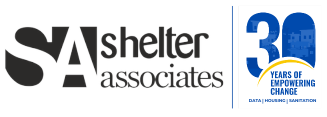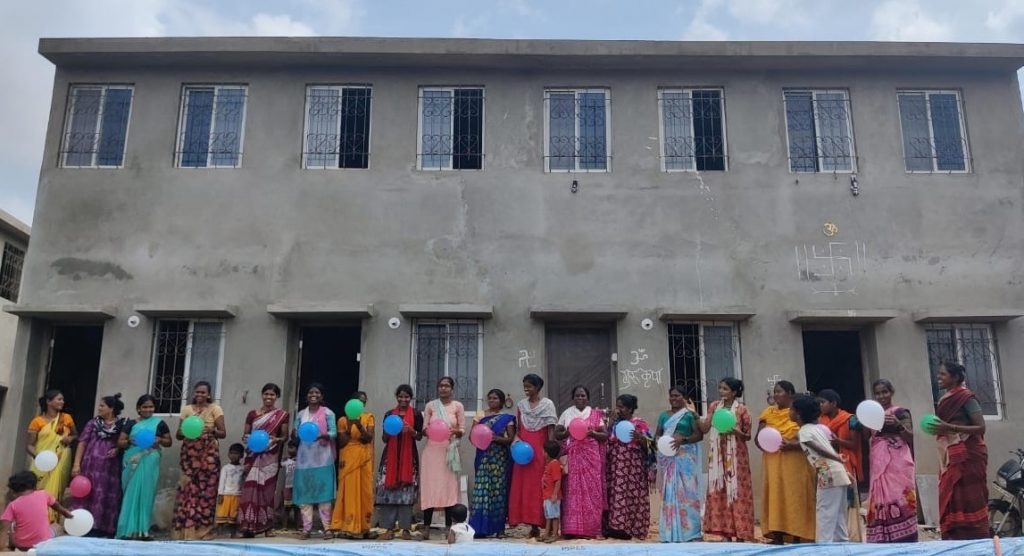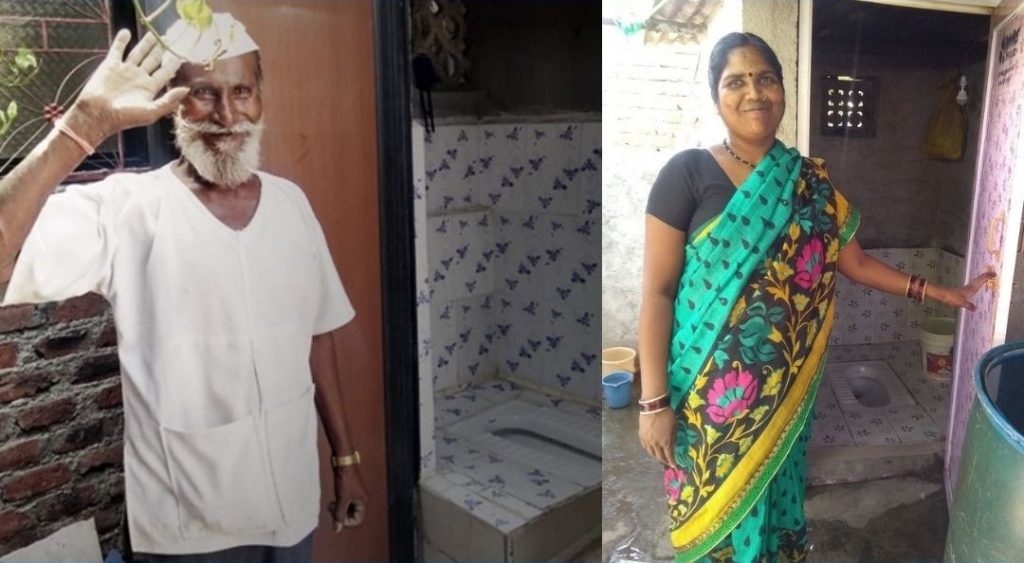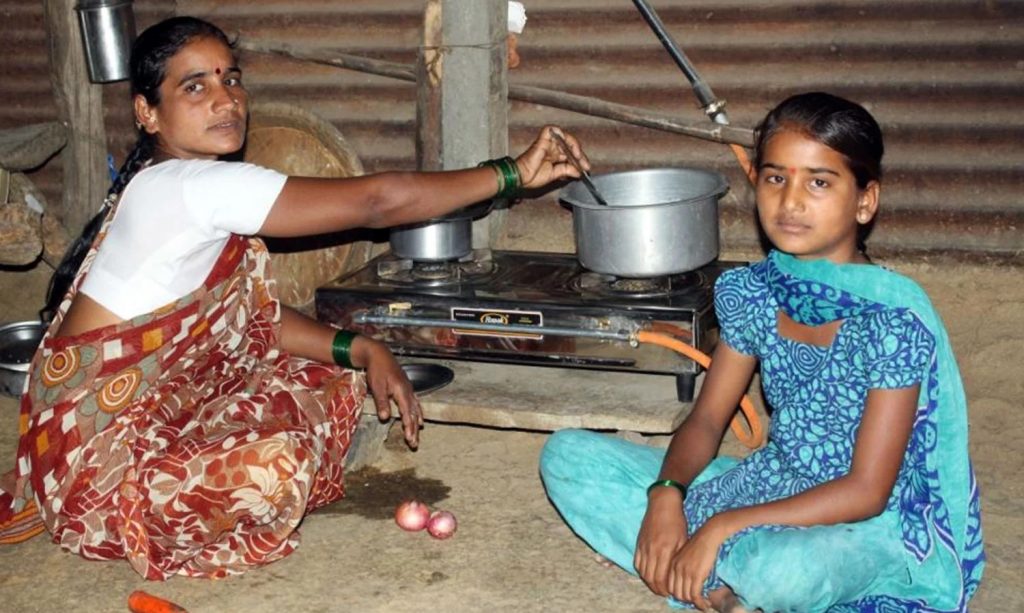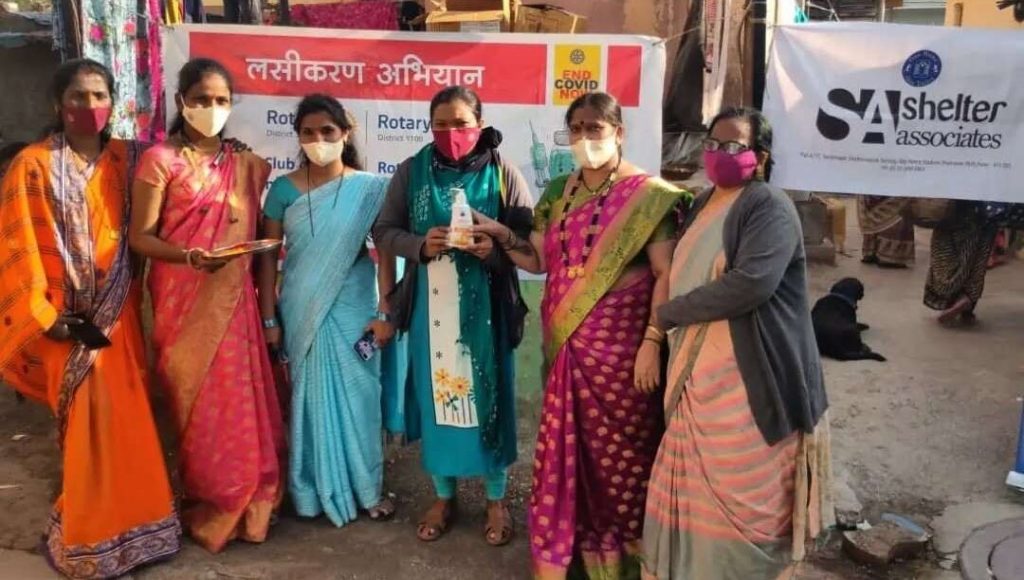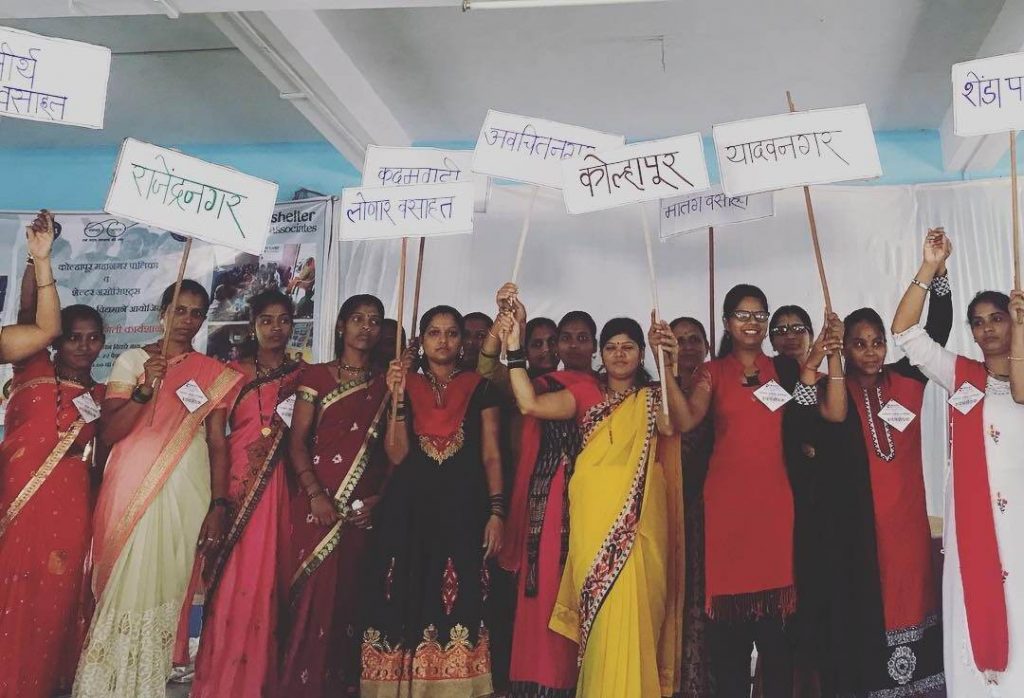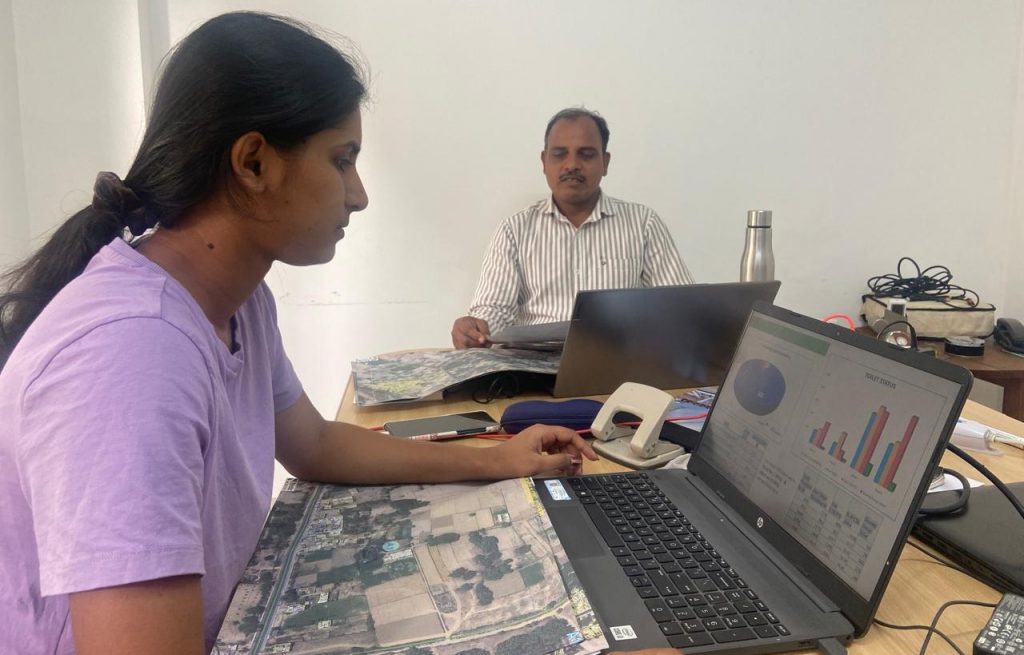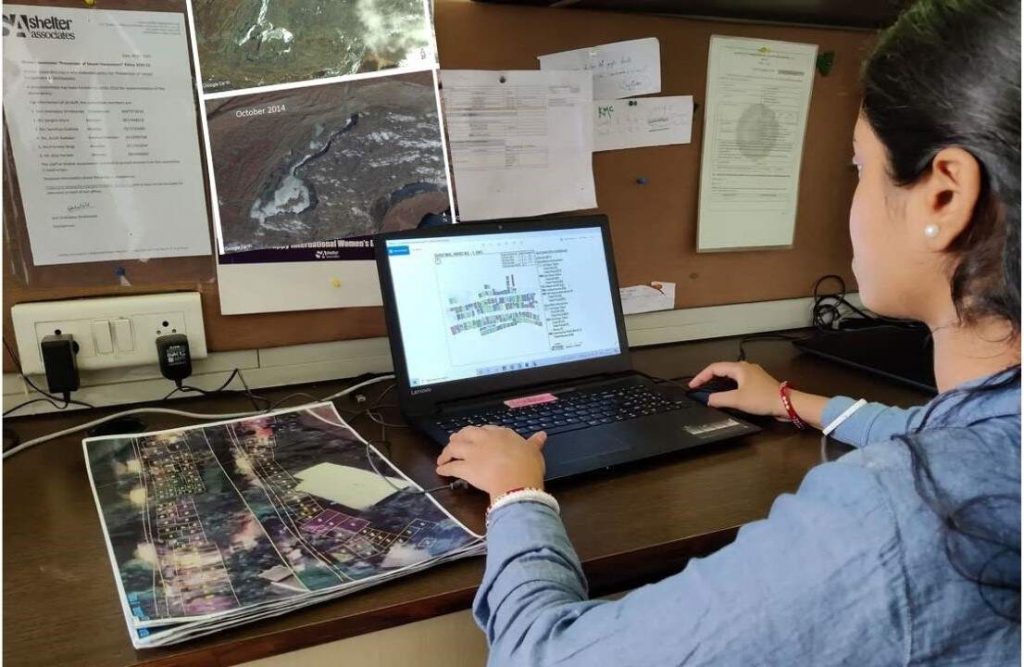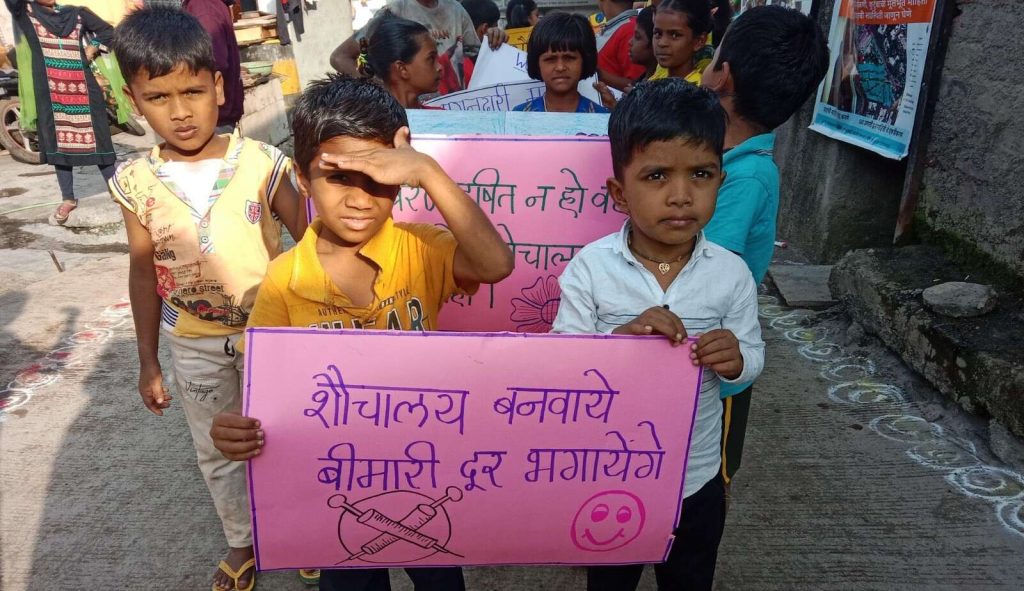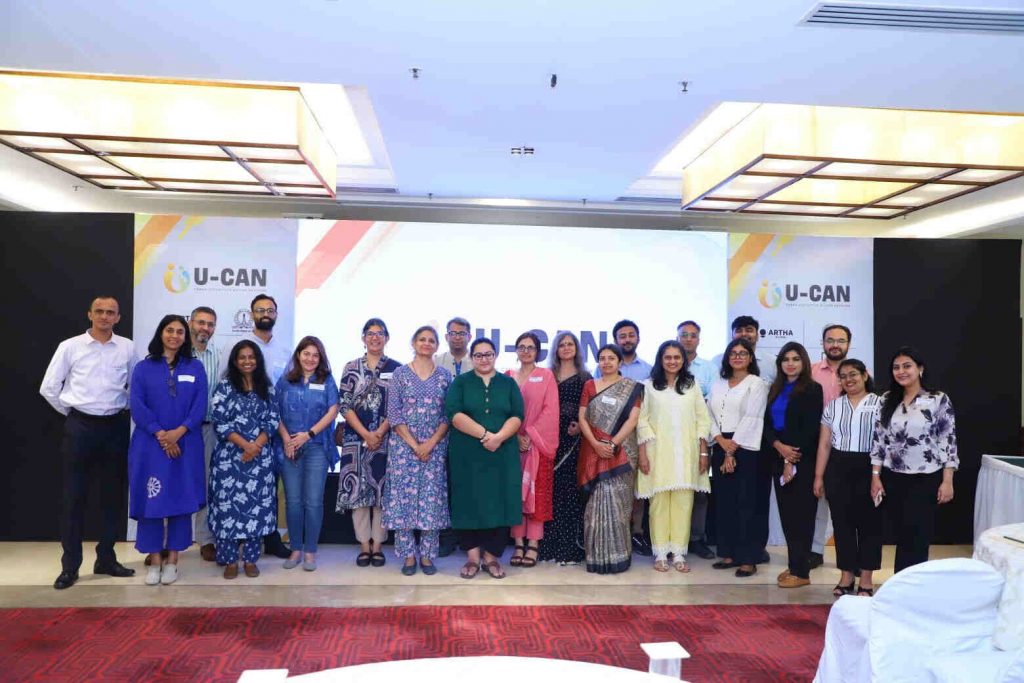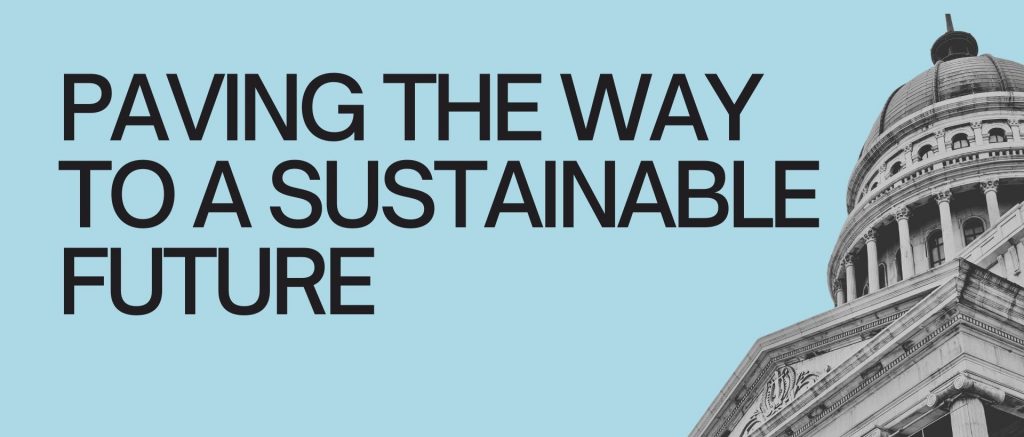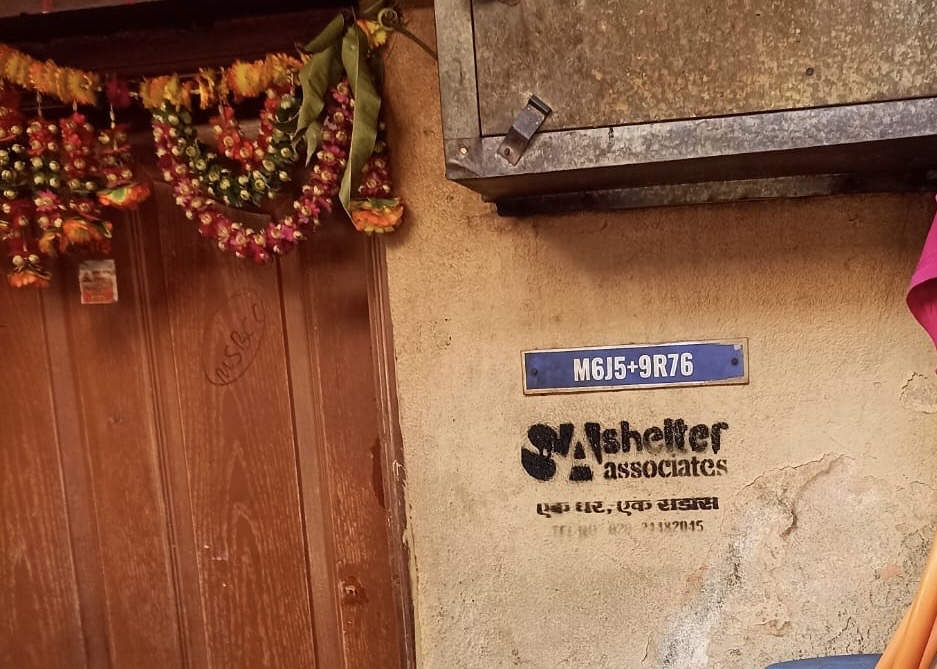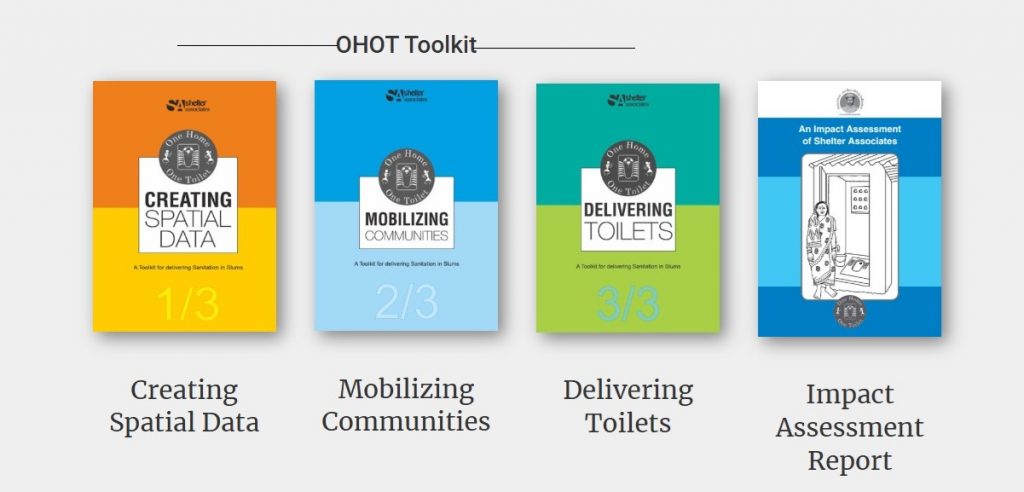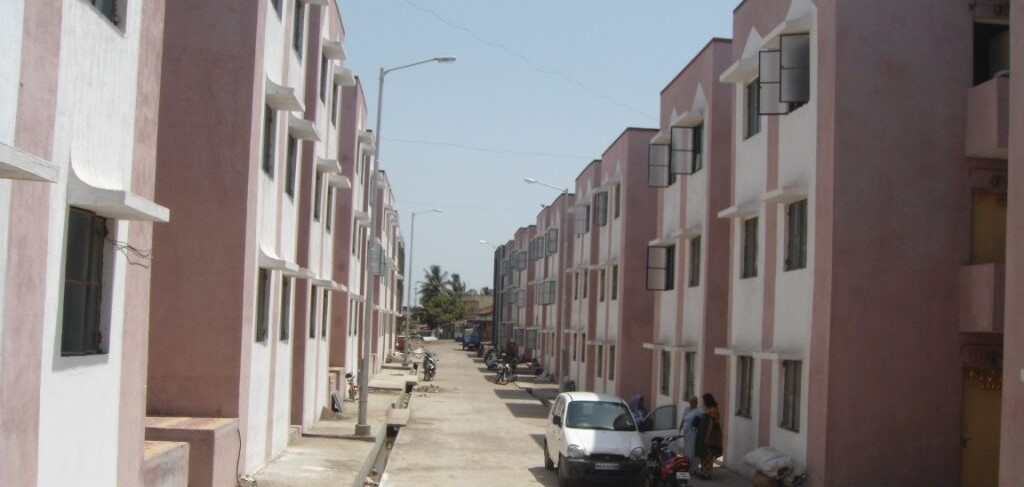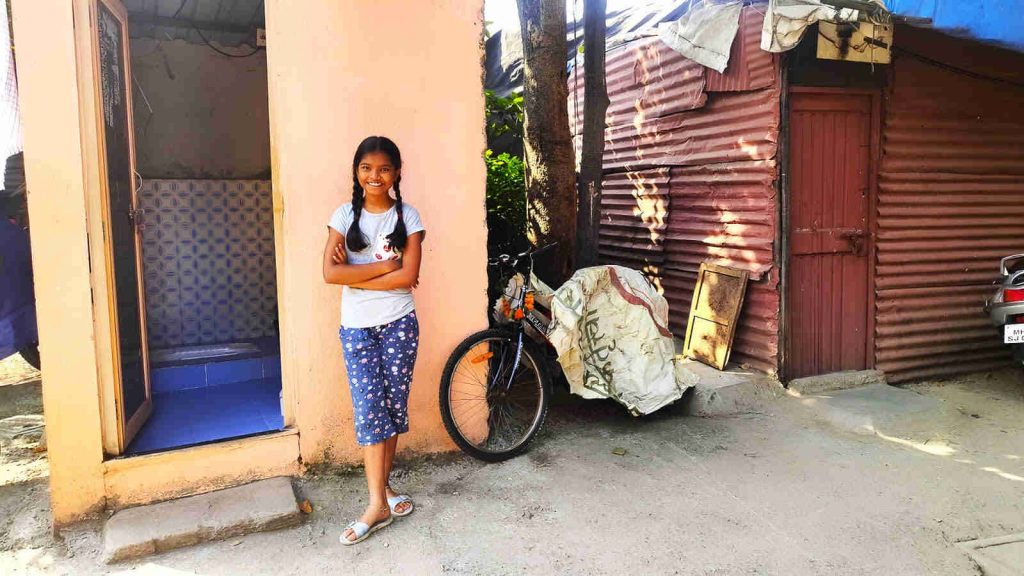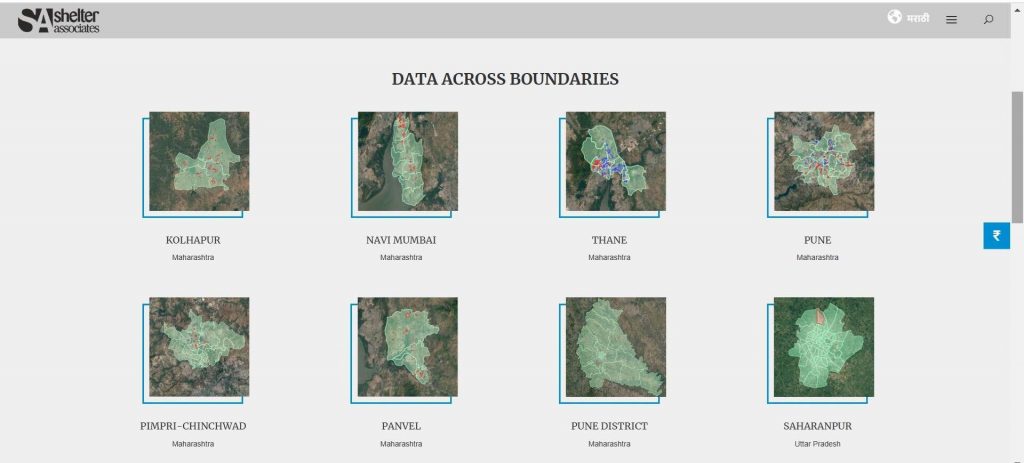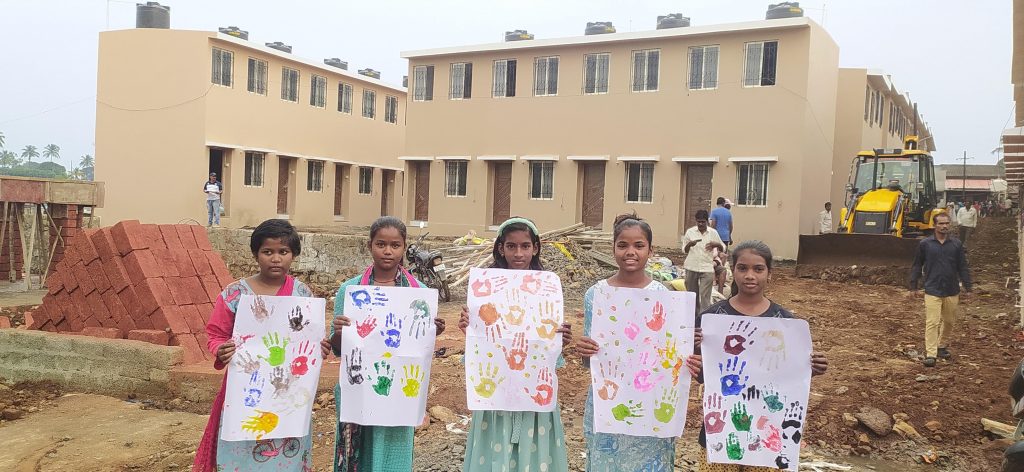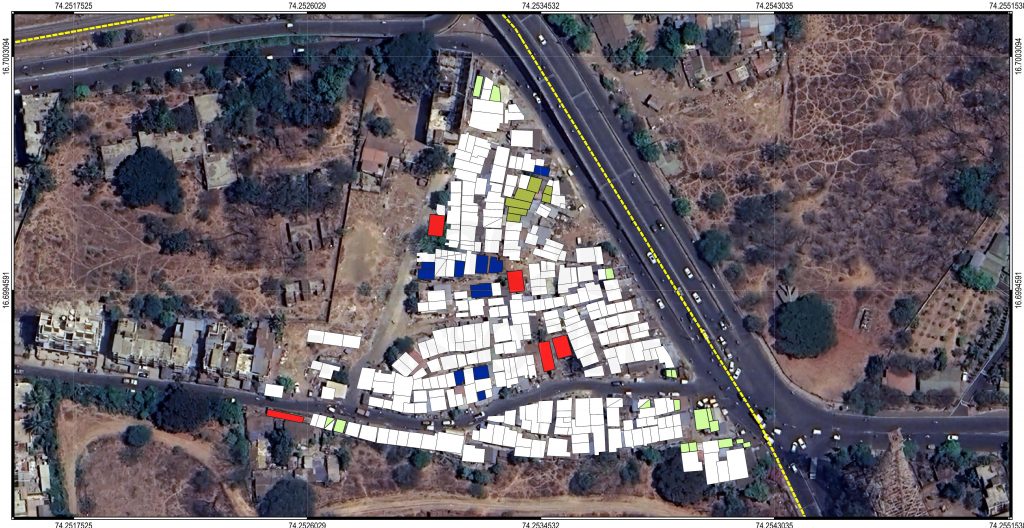Research on Social Housing
Holistic approach to Social Housing

With an aim to develop a framework for proposing citywide strategies for social housing, SA undertook a research project in the city of Kolhapur. The research project has its origins in the IHSDP project implemented in 2009 in Sangli-Miraj which emphasised the need to adopt a holistic approach to social housing. The research project leveraged socio-economic data for creating a citywide perspective and developed evidence-based solutions by interacting with stakeholders. The analysis resulted in identification of vulnerable slums within the city. Our aim was leveraging an economy of scale by planning neighbourhood strategies that prioritise resources for the most vulnerable within the city. The comprehensive process followed during proposing strategies provides an alternative to the myopic approach for slum redevelopment that fails to make optimum use of land. The research project developed a multi-dimensional perspective for social housing that aimed at transforming the way social housing projects are perceived in tier-2 cities like Kolhapur.
Methodology
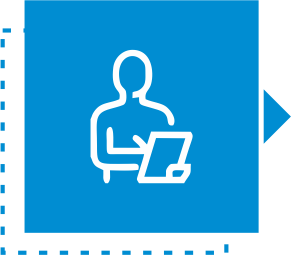
Primary Data Collection
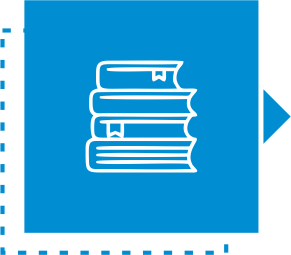
Secondary Data Collection
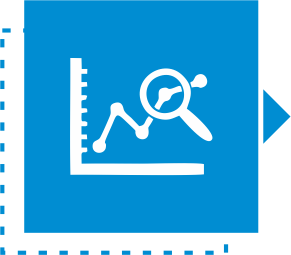
Data Analysis

Finding And Recommendation
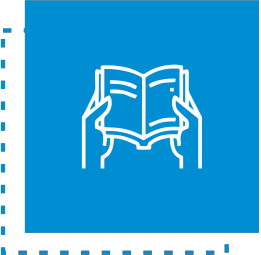
Publishing And Dissemination
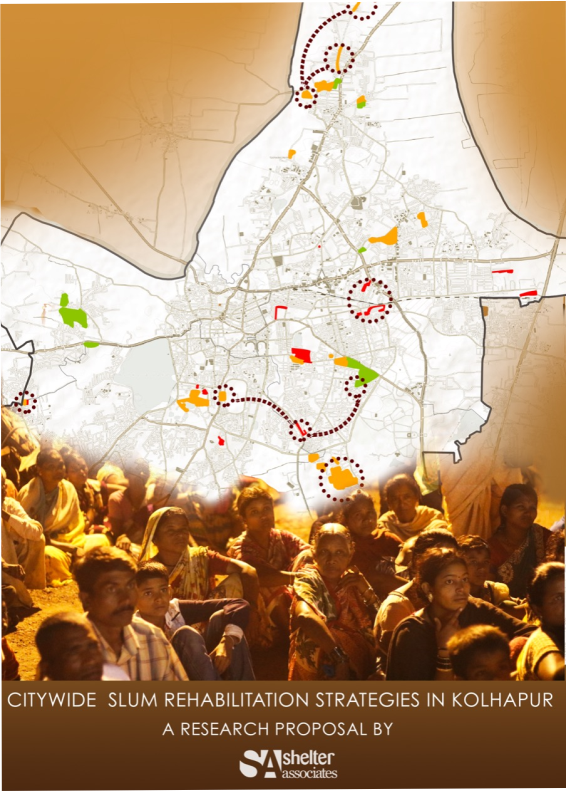
CITY-WIDE SLUM REHABILITATION STRATEGIES
A path-breaking research project SA undertook recently is the City-wide Slum Rehabilitation research project with ATE Chandra Foundation and Pramiti Foundation that analyzed the vulnerability of 44 slums on Government land in Kolhapur city. It advocates creating citywide spatial data to have a clear understanding of the on-ground situation in order to identify vulnerable slums within the city. Through data collection, mapping, socio-economic surveys, and discussions with the concerned stakeholders the research project provides a framework for implementing affordable housing in the city of Kolhapur. It proposes innovative yet simple solutions to design resilient social housing that can be implemented by interested agencies.
Shelter Associates
SA was founded by architects in 1994 with a passion to ensure equitable access to essential services for the urban poor. SA follows a data-driven, multistakeholder approach to designing and implementing community-centric solutions around sanitation and social housing issues. Know More
Subscribe to our Newsletter!
Contact
+91 8087607545
info@shelter-associates.org
'Kanha', Plot. no. 340, lane no. 18, Mahatma Society, Kothrud, Pune - 411038
